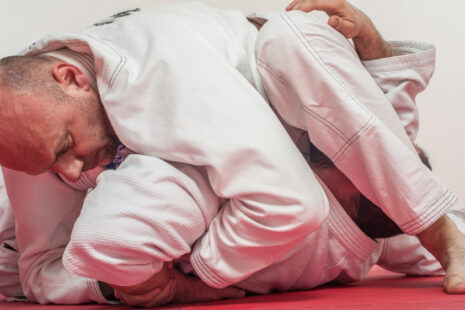The 5-4-3-2-1 method is a grounding technique commonly used to manage anxiety, stress, or overwhelming emotions by redirecting focus and attention to the present moment. It is a simple and effective mindfulness exercise that engages the senses to promote relaxation and reduce feelings of distress.
Here’s how the 5-4-3-2-1 method typically works…
- Acknowledge 5 Things You Can See – Start by observing your surroundings and identify five things you can see around you. It could be objects in the room, colors, shapes, or anything within your field of vision. Pay close attention to details and take your time to notice each item.
- Notice 4 Things You Can Feel – Shift your focus to your sense of touch and identify four things you can feel physically. This could include the sensation of your feet on the ground, the texture of your clothing against your skin, the warmth of the air, or the pressure of your hands resting on your lap. Notice the different sensations without judgment.
- Identify 3 Things You Can Hear – Tune in to your sense of hearing and identify three sounds you can hear in your environment. It could be the sound of traffic outside, birds chirping, the hum of appliances, or people talking nearby. Pay attention to both distant and nearby sounds.
- Focus on 2 Things You Can Smell – Engage your sense of smell and identify two smells or scents in your surroundings. It could be the aroma of coffee, flowers, food cooking, or any other scent present in the environment. Take a moment to inhale deeply and notice the smells without rushing.
- Acknowledge 1 Thing You Can Taste (or Imagine Tasting) – Finally, bring your attention to your sense of taste and acknowledge one taste you can detect or imagine. If there’s something you’re currently eating or drinking, focus on the taste sensations in your mouth. If not, simply imagine the taste of a favorite food or drink.
By systematically engaging the senses through the 5-4-3-2-1 method, individuals can anchor themselves in the present moment, shift their focus away from anxious or intrusive thoughts, and promote a sense of calm and relaxation. This technique can be practiced anytime and anywhere, making it a convenient tool for managing stress and anxiety in various situations.




